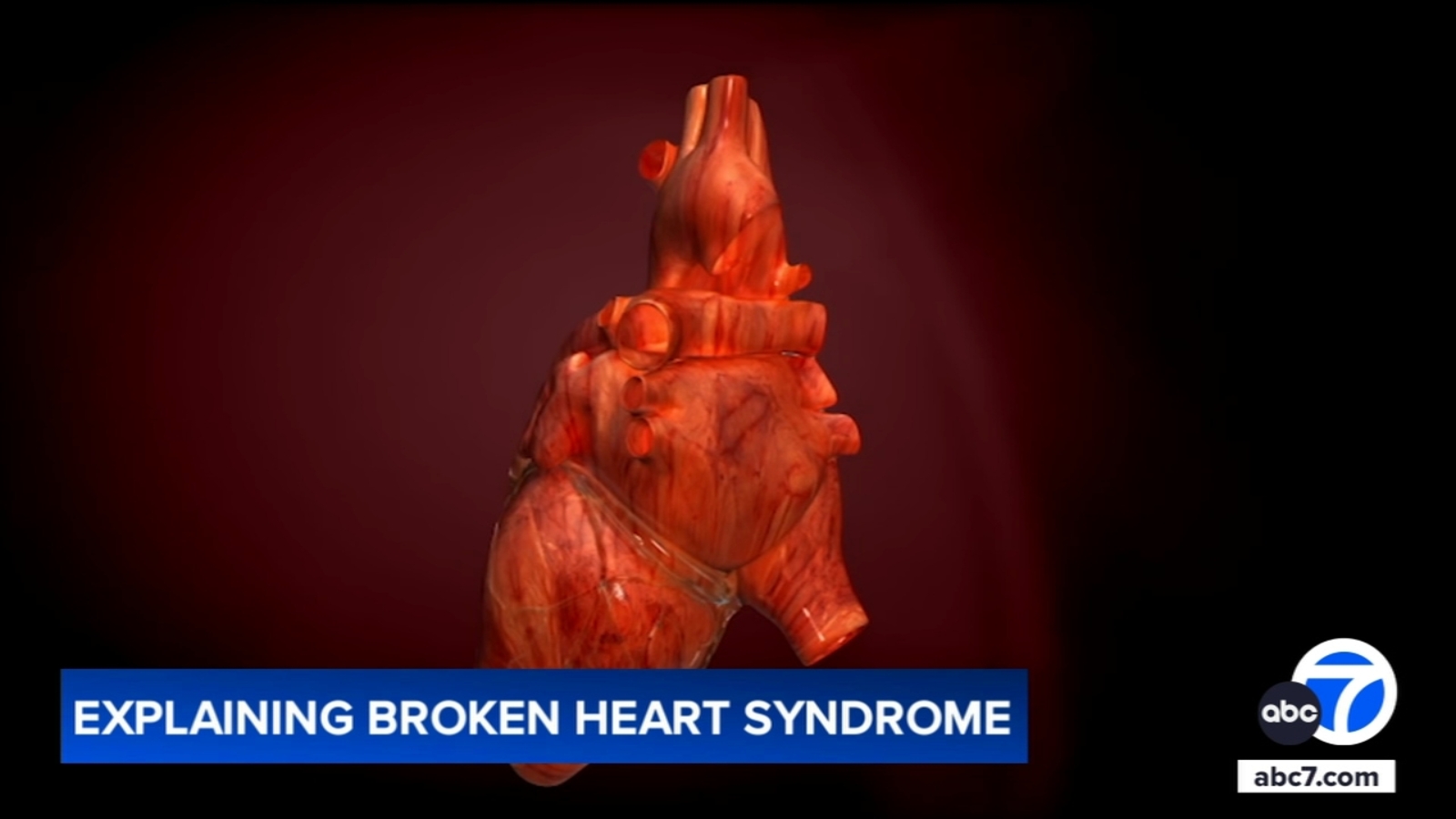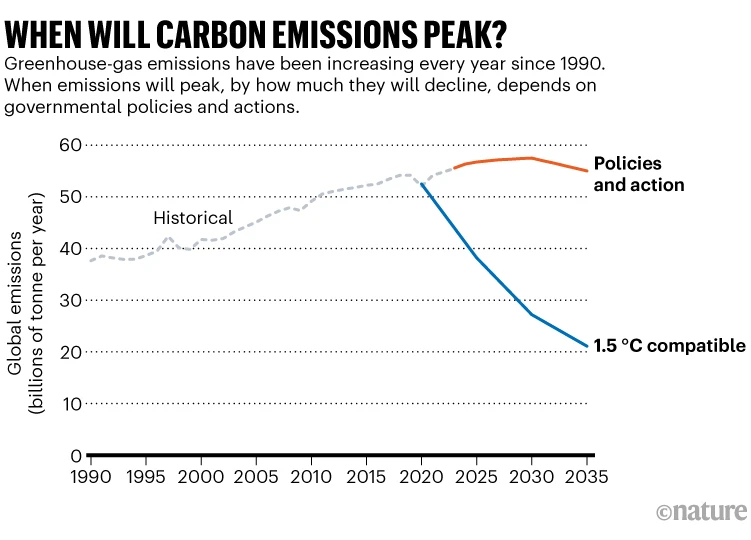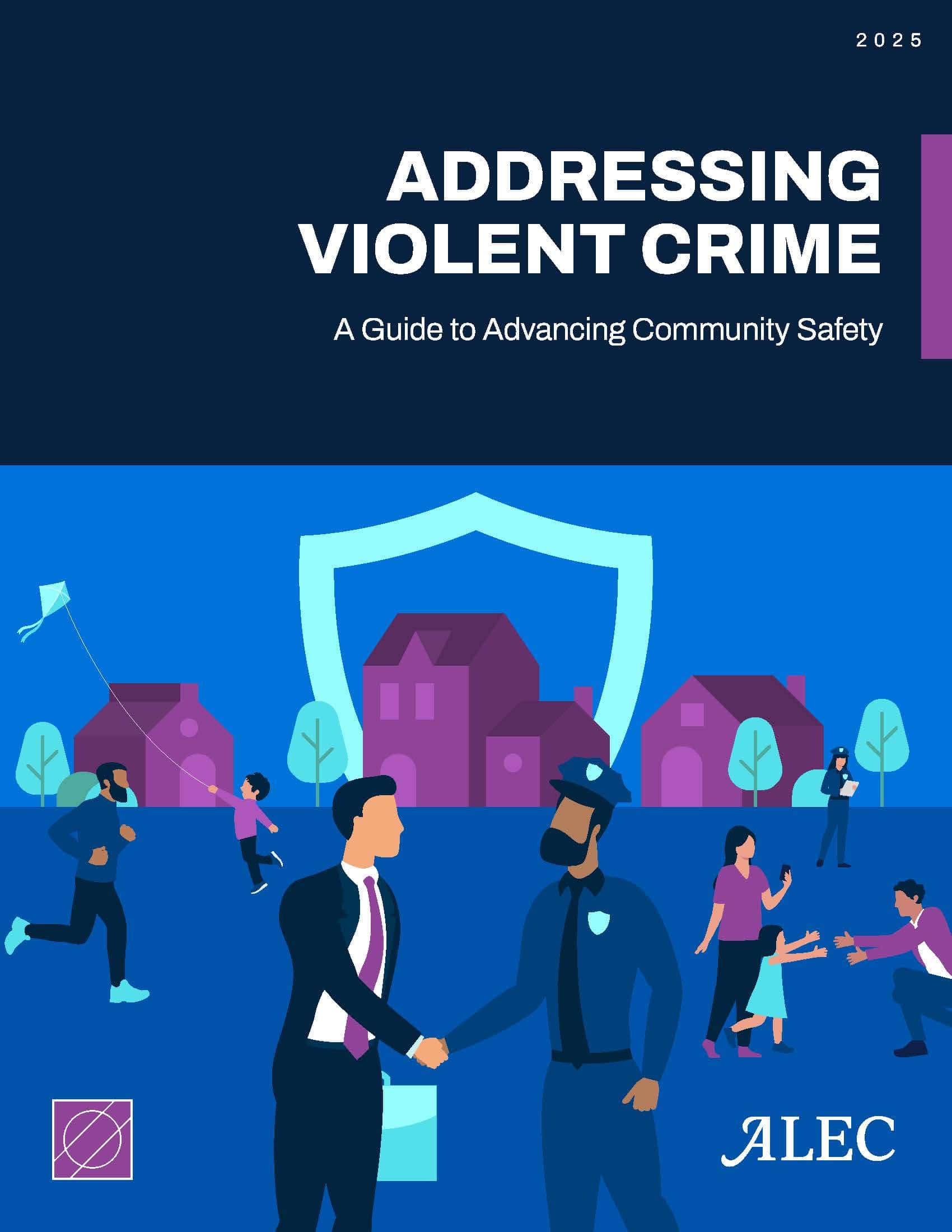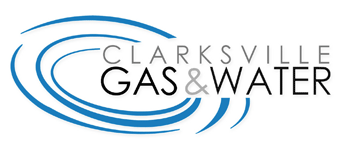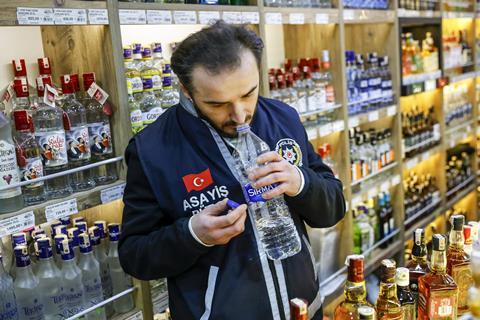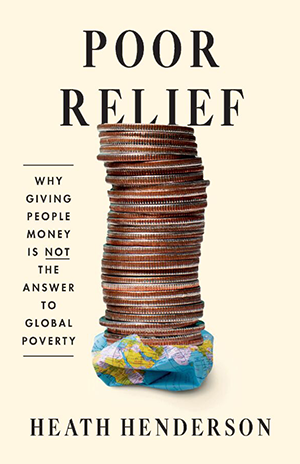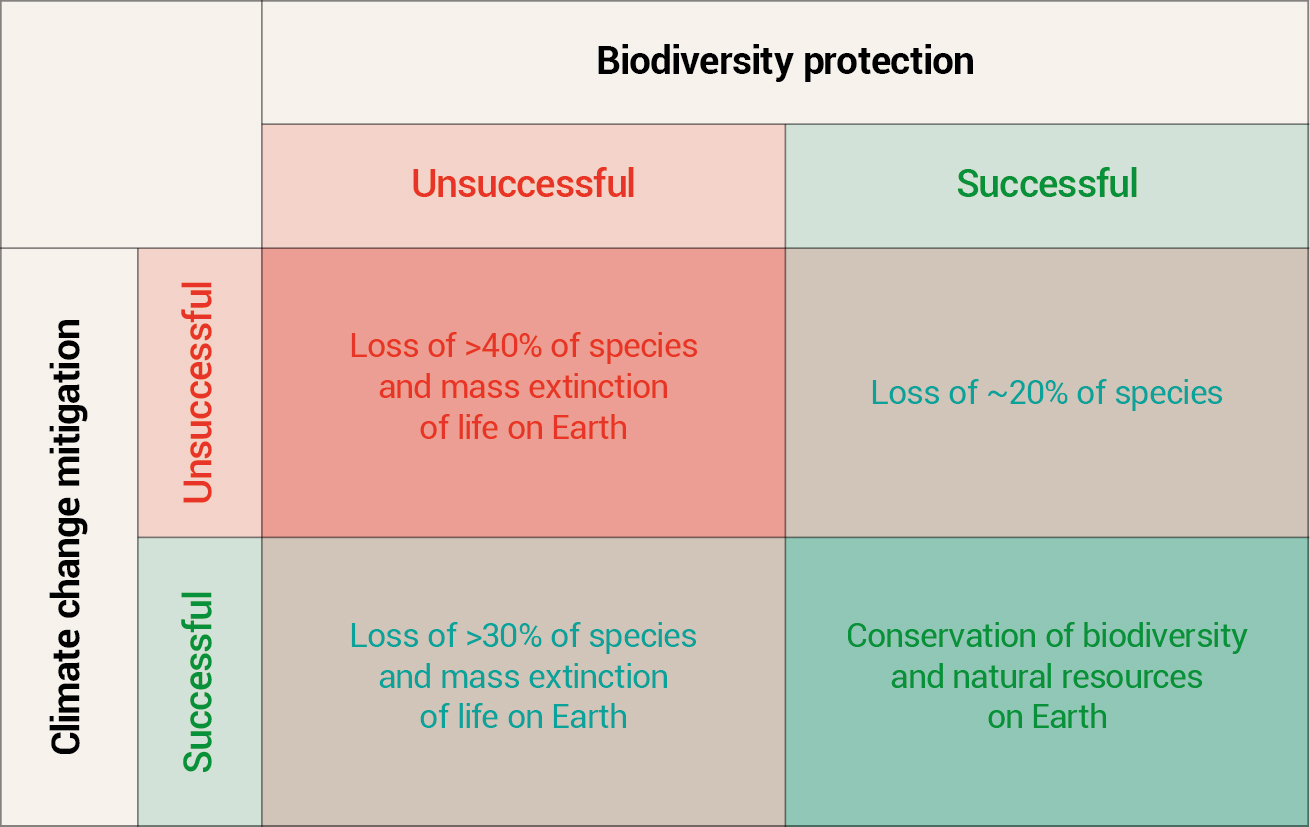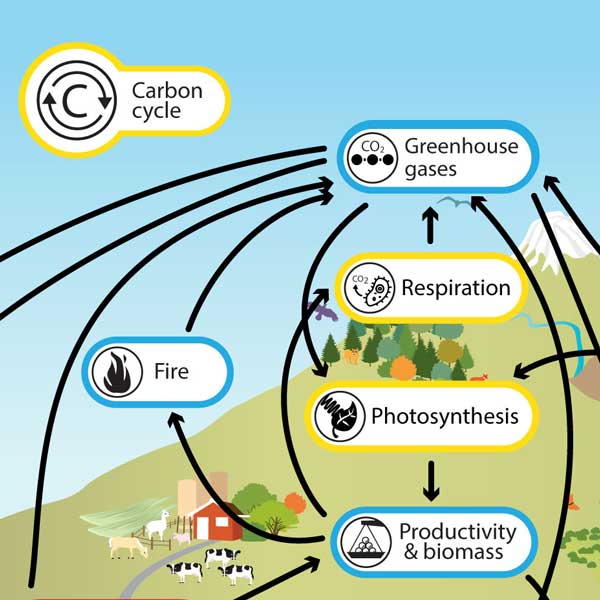The application of the Attention-Relevance-Confidence-Satisfaction motivation model-based instructional design in advanced nursing practice course: a mixed-methods study – BMC Medical Education

Report on an Instructional Design Study for Advanced Nursing Practice
Introduction and Alignment with Sustainable Development Goals (SDGs)
This report details a study on an instructional design for an advanced nursing practice course, a critical initiative supporting the achievement of Sustainable Development Goal 3 (Good Health and Well-being) and Sustainable Development Goal 4 (Quality Education). By enhancing the educational framework for nursing professionals, the program aims to build a resilient and highly skilled healthcare workforce capable of addressing complex health challenges. This directly contributes to the promotion of healthy lives and the provision of quality, equitable education, which are foundational to sustainable development. The study’s focus on improving learning motivation, self-learning ability, and critical thinking aligns with the lifelong learning principles of SDG 4, while preparing graduates for decent work and contributing to economic growth within the healthcare sector (SDG 8).
Research Methodology
Study Design
A mixed-methods study was designed to examine the role of instructional design in the advanced nursing practice course. The methodology was structured to provide a comprehensive analysis through two primary components:
- Quantitative Component: A quasi-experimental study design featuring pre- and post-intervention assessments.
- Qualitative Component: A descriptive qualitative design utilizing semi-structured individual interviews.
Participant Profile and Ethical Considerations
- Participants: The study recruited 31 first-year, full-time nursing graduate students from a university in Southern China.
- Setting: The research was conducted within the ‘Advanced Nursing Practice’ course, a required class for first-year nursing graduate students in their second semester.
- Ethical Framework: The study adhered to rigorous ethical standards to ensure the integrity of the research process.
- Participation was entirely voluntary and did not affect academic performance.
- Informed consent was obtained, with participants advised of their right to withdraw at any time.
- Data confidentiality was guaranteed, with all information used solely for research purposes.
- The ethical application was formally approved by the university’s ethics committee (Approval Number: [2024] 326).
The Advanced Nursing Practice Course: A Framework for SDG Attainment
Course Overview and Contribution to SDG 3
The advanced nursing practice course is a core component of graduate nursing education in China, designed to equip future healthcare leaders with the competencies needed to advance SDG 3. The course objectives are to:
- Prepare nursing master’s students to apply high-level theories, skills, and research competencies to address complex patient issues within clinical specialties.
- Develop critical thinking and patient-centered decision-making abilities, which are essential for delivering high-quality healthcare.
- Utilize a multidisciplinary model to solve difficult clinical cases, fostering the collaborative partnerships necessary to achieve global health targets (SDG 17).
Course Content
The curriculum is comprehensive, covering key areas that prepare students for 18 months of subsequent clinical practice. This educational foundation is crucial for elevating nursing practice to levels that can significantly impact public health and well-being. Topics include:
- Course Introduction
- Advanced Nursing Practice Development and Relevant Theories
- Advanced Practice Nurse Development
- Individualized and Group-Based Advanced Nursing Practice
- Specialized Advanced Nursing Practice (Intravenous Therapy, Plumbing, Wound Stoma, Midwifery)
- International Perspectives on Advanced Nursing Practice
- Advanced Nursing Practice Research and Applied Cases
Intervention Program: Fostering Lifelong Learning (SDG 4)
Program Structure and ARCS Model
A 9-week advanced nursing practice course, comprising 36 classroom hours, was conducted in 2024. The instructional design was based on the ten-step ARCS motivation model, an evidence-based framework for creating engaging and effective learning environments that directly support the targets of SDG 4 by enhancing educational quality.
Preparatory Phase
- Student Preparation: To foster a student-centered learning environment, students completed a voluntary and anonymous questionnaire to help the teaching team understand their learning needs and interests.
- Faculty Preparation: The course was delivered by a senior team of academics and clinical specialists, including professors, PhDs, and Advanced Nursing Practice Specialists. This collaboration between academia and clinical practice exemplifies SDG 17 (Partnerships for the Goals). The team received training on the ARCS model to ensure effective implementation of the research-informed instructional design.
Implementation: The “4E” Blended Teaching Model
A “4E” teaching process was constructed to create a multi-stage, blended learning mode that promotes quality education. This student-centered approach utilized various teaching methods, including team-based learning (TBL), problem-based learning (PBL), and case-based learning (CBL).
- Active Engagement (Pre-Class): The faculty team used online platforms to upload learning materials and assign pre-course tasks, encouraging students to engage in self-directed learning.
- Knowledge Exploration (In-Class): An inquiry-driven approach based on the principles of “Learning, Asking, Thinking, Debating, and Acting” was used. This involved teacher-led presentations, student-led problem-solving, group discussions, and peer evaluation.
- Knowledge Experience (Post-Class): Students applied their learning in the school’s advanced nursing practice laboratory and affiliated hospitals. This practical application bridges the gap between theory and clinical practice, directly preparing students to contribute to improved health outcomes (SDG 3).
- Knowledge Expansion (Post-Class): Students were encouraged to participate in academic conferences and community volunteering, such as “whole life care” initiatives. This component fosters lifelong learning and civic engagement, allowing students to translate academic knowledge into tangible actions that promote community health (SDG 3).
Evaluation of Program Effectiveness
Comprehensive Assessment Framework
Quantitative and qualitative data were collected to gain a holistic understanding of the program’s effectiveness. Students’ learning motivation, self-learning ability, and critical thinking were assessed at the beginning and end of the course to measure the impact of the instructional design on competencies essential for achieving SDG 3 and SDG 4.
Quantitative Assessment Tools
- Learning Motivation: The Work Preference Inventory (WPI) was used to assess endogenous and exogenous motivation.
- Self-Learning Ability: The Self-learning Ability Scale was adopted to evaluate students’ capabilities in self-management, information management, and learning cooperation.
- Critical Thinking Disposition: The Critical Thinking Disposition Inventory of Chinese Version (CTDI-CV) was used to measure seven dimensions of critical thinking.
Qualitative and Performance-Based Assessment
- Multi-Form Test: A performance-based test worth 100 marks was designed to assess students’ mastery and application of knowledge. It included task debriefing, construction of a nursing intervention plan, and reflective diary writing.
- Semi-Structured Interviews: Individual interviews were conducted to collect rich qualitative data on students’ learning experiences, providing deeper insight into the program’s impact.
Data Analysis
Analytical Methods
- Quantitative Data: Data were analyzed using IBM SPSS 27.0. Descriptive statistics and paired-sample t-tests were used to compare pre- and post-test scores, with a significance level of P
- Qualitative Data: The Colaizzi analysis method was employed, with NVivo 11.0 software used for data management. The process involved transcribing audio recordings, extracting significant statements, coding data, and consolidating findings into conclusive themes.
Analysis of Sustainable Development Goals in the Article
1. Which SDGs are addressed or connected to the issues highlighted in the article?
The article primarily addresses two Sustainable Development Goals (SDGs) by focusing on the enhancement of advanced nursing education. A third SDG is also relevant concerning the preparation of students for the workforce.
-
SDG 3: Good Health and Well-being
This goal is central to the article’s theme. The study focuses on an “advanced nursing practice course” designed to prepare nursing master’s students to “apply high-level theories, skills, and research competencies to address patient issues within clinical specialties.” By improving the training of advanced nursing professionals, the program directly contributes to strengthening the healthcare system and improving the quality of patient care, which is a core component of ensuring healthy lives and promoting well-being.
-
SDG 4: Quality Education
The entire article is a detailed account of an educational intervention at the tertiary level. It describes the design, implementation, and evaluation of a university course for “first-year full-time nursing graduate students.” The study’s objective is to examine and improve instructional design using the ARCS motivation model to enhance “learning motivation, self-learning ability, and critical thinking.” This aligns perfectly with the goal of ensuring inclusive and equitable quality education and promoting lifelong learning opportunities.
-
SDG 8: Decent Work and Economic Growth
While less direct, this goal is relevant as the course prepares students for highly skilled employment. The program aims to help students “achieve advanced nursing practice levels,” equipping them with specialized competencies for their future careers as Advanced Practice Nurses. This focus on developing a skilled workforce for a critical sector contributes to productive employment and decent work.
2. What specific targets under those SDGs can be identified based on the article’s content?
Based on the analysis, the following specific SDG targets are relevant to the article’s content:
-
Target 3.c: Substantially increase health financing and the recruitment, development, training and retention of the health workforce in developing countries, especially in least developed countries and small island developing States.
The article directly addresses the “development” and “training” of the health workforce. The study, conducted in China, describes a comprehensive program for graduate nursing students, which is a clear effort to develop a more skilled and capable nursing workforce. The course prepares students for “18 months of nursing clinical practice” and aims to help them “achieve advanced nursing practice levels,” thereby strengthening the human resources for health.
-
Target 4.3: By 2030, ensure equal access for all women and men to affordable and quality technical, vocational and tertiary education, including university.
The study is set within a university in Southern China and focuses on a required course for “first-year full-time nursing graduate students.” This demonstrates the provision of tertiary education. The core of the article is the effort to improve the quality of this education through a structured instructional design based on the ARCS motivation model, blended learning methods, and rigorous evaluation.
-
Target 4.4: By 2030, substantially increase the number of youth and adults who have relevant skills, including technical and vocational skills, for employment, decent jobs and entrepreneurship.
The course is explicitly designed to impart relevant skills for employment in the nursing profession. It aims to develop not only “solid theoretical knowledge and clinical skills” but also “critical thinking and patient-centered decision-making abilities.” The evaluation section further emphasizes this by measuring the development of “self-learning ability” and “critical thinking disposition,” which are crucial skills for effective professional practice.
3. Are there any indicators mentioned or implied in the article that can be used to measure progress towards the identified targets?
Yes, the article, being a research study, is rich with methods and metrics that can serve as indicators for measuring progress towards the identified targets.
-
Indicators for Target 3.c (Health Workforce Training):
- Number of trained health professionals: The study explicitly mentions the participation of “31 first-year full-time nursing graduate students,” which serves as a micro-level indicator of the number of health workers receiving advanced training.
- Quality of training programs: The detailed description of the “Advanced nursing practice course,” its curriculum, teaching methods (TBL, PBL, CBL), and the involvement of a highly qualified faculty team (“2 Internationally recognized Professors of Nursing, 1 PhD in Nursing…”) are qualitative indicators of the effort to improve the quality of health workforce development.
-
Indicators for Target 4.4 (Skills for Employment):
The article provides several direct, measurable indicators used to assess the development of relevant skills among students:
- Learning Motivation Score: Measured using the “Working Preference Inventory (WPI),” which assesses endogenous and exogenous motivation.
- Self-learning Ability Score: Assessed with the “Self-learning Ability Scale,” which measures self-management, information management, and learning cooperation.
- Critical Thinking Disposition Score: Evaluated using the “Critical Thinking Disposition Inventory of Chinese Version (CTDI-CV),” which measures seven dimensions including truth-seeking, analysis ability, and self-confidence.
- Proficiency in practical application: Assessed via a “multi-form test” that includes “task debriefing, construction of a nursing intervention plan, and reflective diary writing,” providing a direct measure of students’ ability to apply knowledge.
- Qualitative assessment of learning experience: Data from “semi-structured interviews” provide qualitative indicators of how students perceive the development of their skills and knowledge for future work.
4. Table of SDGs, Targets, and Indicators
| SDGs | Targets | Indicators |
|---|---|---|
| SDG 3: Good Health and Well-being | Target 3.c: Substantially increase health financing and the recruitment, development, training and retention of the health workforce in developing countries… |
|
| SDG 4: Quality Education |
Target 4.3: …ensure equal access for all women and men to affordable and quality technical, vocational and tertiary education, including university.
Target 4.4: …substantially increase the number of youth and adults who have relevant skills, including technical and vocational skills, for employment, decent jobs and entrepreneurship. |
|
| SDG 8: Decent Work and Economic Growth | Target 8.5: …achieve full and productive employment and decent work for all women and men… |
|
Source: bmcmededuc.biomedcentral.com
What is Your Reaction?
 Like
0
Like
0
 Dislike
0
Dislike
0
 Love
0
Love
0
 Funny
0
Funny
0
 Angry
0
Angry
0
 Sad
0
Sad
0
 Wow
0
Wow
0














